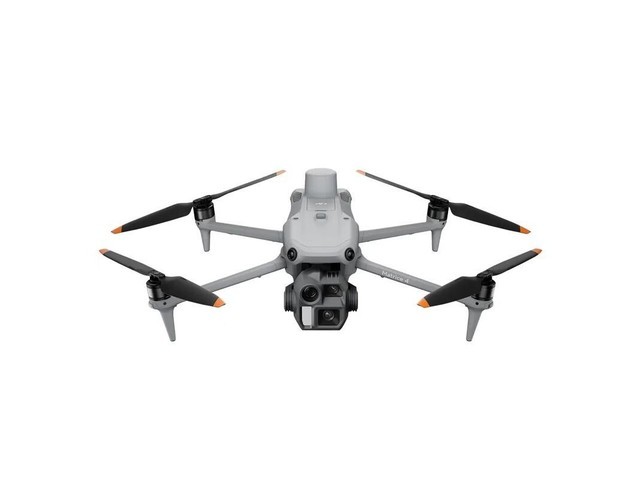Understanding Night Vision Capabilities

Night vision drones are equipped with sophisticated sensors and cameras that enable them to capture images in low-light conditions. This is achieved through infrared technology, which detects temperature differences between objects. As a result, even in the darkest of environments, these drones can provide clear, detailed visuals that are critical for security operations.
The Applications in Security
Night vision drones have found a place in various sectors where security is paramount. Aside from traditional surveillance roles, they are increasingly used in border control, disaster management, and wildlife monitoring.
In border control, for instance, these drones can effectively monitor for illegal crossings in dimly lit areas, providing real-time data to security personnel stationed far away.
Similarly, during disaster management, night vision drones play a crucial role in locating survivors or assessing the extent of damage post-calamity, especially at night where visibility is a major challenge.
Advantages Over Traditional Methods
- Extended Operational Time: Unlike ground surveillance systems that may be limited by their power source and mobility, drones can operate for extended periods, covering vast areas without interruption.
- Increased Reach: Traditional security methods often have significant blind spots. However, drones can easily navigate and access difficult terrains or areas that are otherwise unreachable.
- Discreet Monitoring: Night vision drones can silently observe without alerting potential infiltrators, thus improving the effectiveness of surveillance.
Technological Advancements and Future Prospects
As technology evolves, night vision drones are becoming more efficient and sophisticated. Innovations such as AI integration allow for smarter data analysis and automated threat detection, making security systems more reliable and proactive. In the future, we can expect further enhancements in flight duration, camera resolution, and obstacle avoidance capabilities, all aimed at making night vision drone technology indispensable to security operations.
Challenges and Considerations
While night vision drones offer significant benefits, there are challenges that need addressing. These include regulatory aspects, privacy concerns, and the high cost of acquiring and maintaining sophisticated drone systems.
Regulatory authorities require strict compliance to ensure these drones are used ethically and responsibly. Privacy is another critical aspect, as constant surveillance might infringe on individuals’ rights, necessitating clear guidelines and lawful usage.
Additionally, the substantial upfront investment for top-tier drones and the technical expertise required for maintenance are barriers for some organizations. However, the long-term payoff in terms of security enhancement often outweighs these challenges.
FAQs
What is the main advantage of using night vision drones?
Night vision drones provide unparalleled surveillance capabilities in low-light conditions, improving security and operational efficiency significantly.
Are night vision drones suitable for personal use?
While primarily used in professional security settings, night vision drones can be adapted for personal use, provided regulations and privacy considerations are respected.